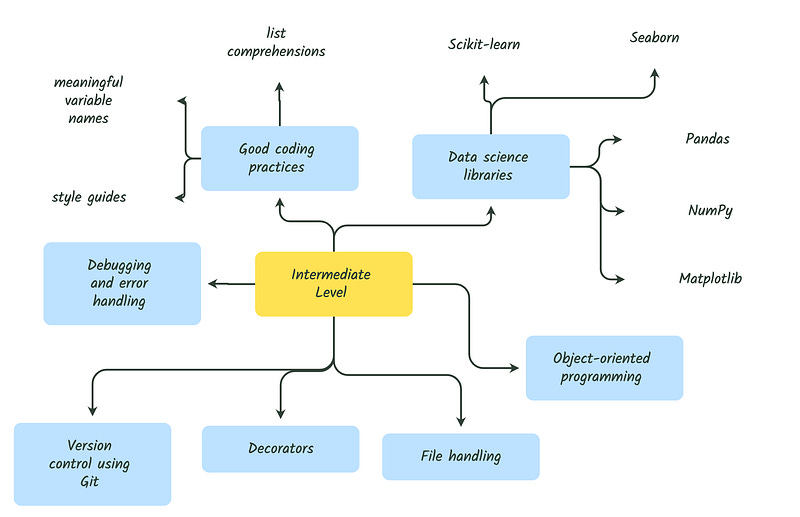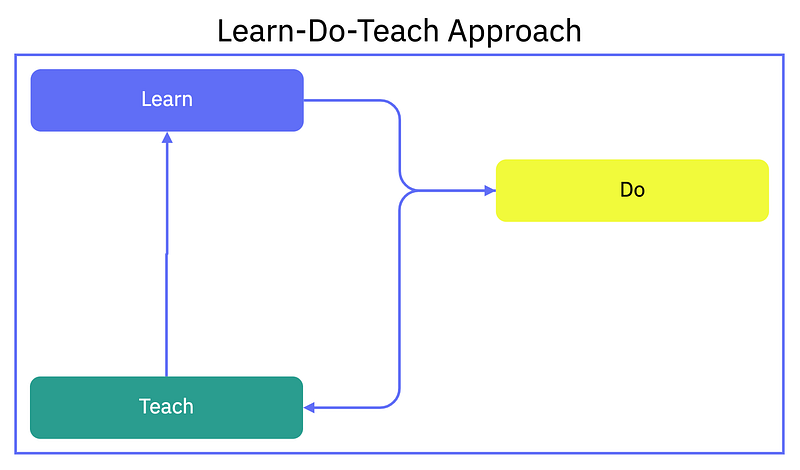How I Would Learn Python FAST in 2024 (If I Have to - 3 Months)
Is Learning Python Still Worth It?
As a data professional who started learning Python 6 years ago, I can confidently say that the landscape of programming education has changed a lot.
Now, one can reach an intermediate level of Python using the right approach in as little as 3 months.
In this ultimate guide, I try to share all my wisdom concerning how one can effectively learn Python if one is a complete beginner in 2024.
Is Python Still Relevant in the Age of AI?
Before we move forward with this discussion, let me start on a clean slate for this hot burning question:
In this age of artificial intelligence, is learning Python still worth the pain?
The short answer is yes.
Here’s why:
Python is the most in-demand programming language out there at the moment.
Learn Python and you’ll be able to create applications out of AI models, transforming you from a consumer to a creator of AI.
While code can be created through AI, it harbours limitations in multiple ways.
Some AI models can create Python packages that do not exist; at worst, they can produce malignant code.
This is the reason that your learning in Python would come in very handy when confirming and cleaning up AI-generated code.
Keep in mind, that programming is all about logical thinking and innovation in problem-solving.
Python is super-readable — it looks a lot like plain English — and that is why it is an ideal language for beginners and for professionals learning to code.
Choosing the Right Integrated Development Environment
Don’t worry too much about the development environment when just starting.
Though an important decision, it will just make the learning process a bit smoother. Your pick will depend on what you want to do with Python.
For Beginners:
Online code editors like Repl.it. You start coding right away with no setup.
For data science and machine learning, consider Google Colab, a hosted Jupyter Notebook service with free access to computing resources.
For Long-term Learning:
Install Python locally on your computer.
Use an IDE, such as Visual Studio Code or PyCharm.
The Python Learning Roadmap: From Basics to Advanced
To help you out more with this, I have prepared a detailed set of concepts in a mind map in Python.
So, figure out what you should be concentrating on in each step.
Basic Level (Duration Needed: 1-2 Weeks)
Setting up a development environment
Package management
Basic Python syntax: variables, data types, functions, operators
Control flows: conditional statements and loops
Intermediate Level (Duration Needed: 4–5 Weeks)
File handling
Version control using Git
Data science libraries: NumPy, Pandas, Matplotlib, Seaborn, Scikit-learn
Object-oriented programming
Decorators
Debugging and error handling
Good coding practices: style guides, meaningful variable names, list comprehensions, etc.
Advanced Level (Duration Needed: 6–7 Weeks)
Build complex applications
Web frameworks like Django, Flask
API development
Cloud deployment
Advanced programming concepts
The Learn-Do-Teach Approach
The most effective way to master Python (or any skill) is through the Learn-Do-Teach cycle:
Step 1: Learn
Acquire new knowledge from tutorials, courses, or documentation.
Step 2: Do
Apply what you learn in practice immediately — create small projects or solve.
Step 3: Teach
Put what you learn into blog posts, tutorials, or videos.
This practice will help to crystallize what you learned and show you the areas in which you are weak.
Beating the Learning Curve
Almost everyone, when learning a new skill, experiences a period of lowered confidence and motivation.
The way to get through this “valley of despair” is by
Trusting the process
Learn with a purpose by creating personal projects.
Start with very simple, useful projects.
For example, try to analyze the character network of your favorite book series.
AI Tools like GitHub Copilot will help you focus on problem-solving, rather than getting bogged down in syntax.
Guidance and Help with AI in Your Learning Journey
This is where tools like ChatGPT, GitHub Copilot, Claude, etc. could accelerate your development, in that world driven by AI.
Since all such tools increase time spent on creativity and problem-solving regarding the functionality of your program, don’t tend to waste that time due to syntax and the small nuances of using a language.
Conclusion: The Path to Learning Python
Learning Python in 2024 is an interesting journey filled with great opportunities, and through this roadmap, you’ll go from zero to hero in only three months.
The key will be consistent practice, real-world application, and a willingness to teach others what you have learned.
Connect: LinkedIn | Gumroad Shop | Medium | GitHub | Buy me a pizza
Subscribe: Substack Newsletter







Great post! Really helpful to see the estimated time to learn each topic!